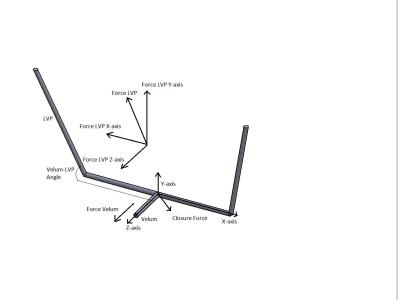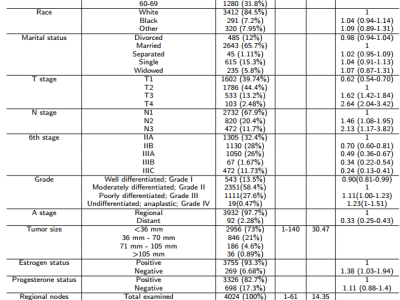Investigating Velopharyngeal Closure Force with Linear Regression

- Citation Author(s):
-
Anish SanaJamie L PerryNasseh Tabrizi
- Submitted by:
- Anish Sana
- Last updated:
- DOI:
- 10.21227/H2F95C
- Research Article Link:
 185 views
185 views
- Categories:
Abstract
72 Normal 0 false false false EN-US X-NONE X-NONE /* Style Definitions */ table.MsoNormalTable {mso-style-name:"Table Normal"; mso-tstyle-rowband-size:0; mso-tstyle-colband-size:0; mso-style-noshow:yes; mso-style-priority:99; mso-style-parent:""; mso-padding-alt:0in 5.4pt 0in 5.4pt; mso-para-margin:0in; mso-para-margin-bottom:.0001pt; mso-pagination:widow-orphan; font-size:10.0pt; font-family:"Times New Roman",serif;} The purpose of this study is to investigate the effects of muscles in the velopharyngeal (VP) system on closure force using a machine learning algorithm and linear regression. VP muscle data from 10 adults and 10 children were acquired for the training set used to predict closure force values and their direction. The algorithm was able to accurately calculate the closure force for any set of anatomical parameters. It was observed that the velum had a major influence on closure force.
Instructions:
This dataset contains closure force and angles for each subject at varying muscle activation levels.







closure force and angles for each subject at varying muscle activation levels